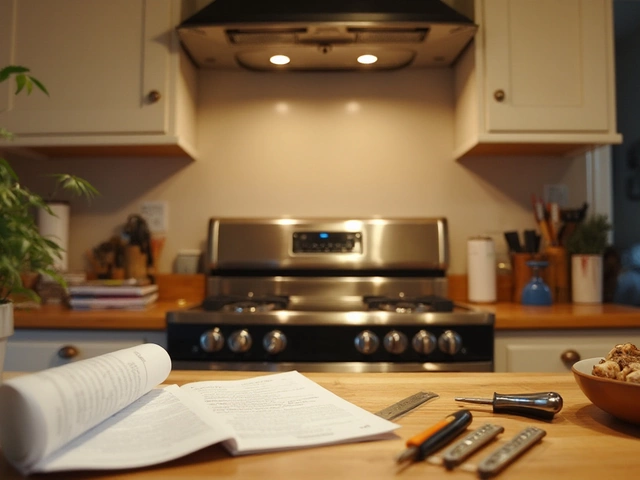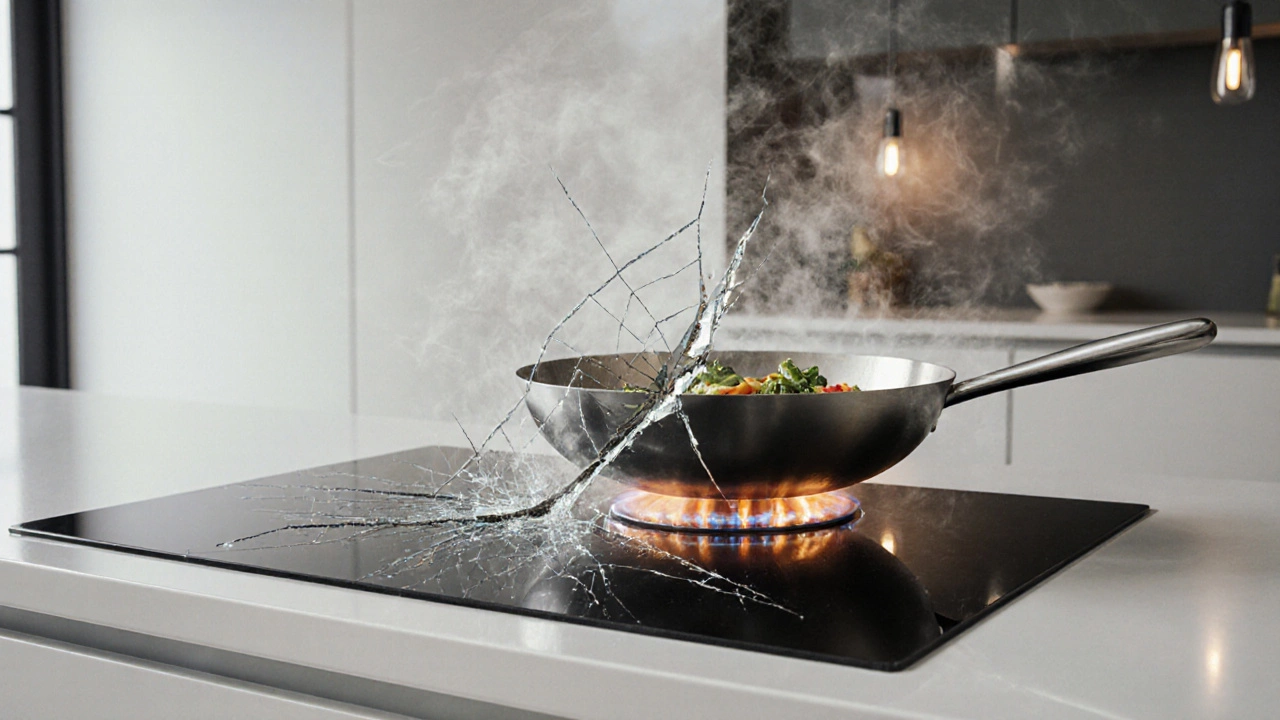Hob Repair Guide: Fix Your Glass Cooktop Quickly
When dealing with hob repair guide, a step‑by‑step resource for diagnosing and fixing kitchen hobs. Also known as hob, it helps homeowners restore cooking surfaces without costly replacements.
The glass hob, a smooth ceramic cooktop, is prone to cracks, uneven heating, and sensor failures. Hob repair guide encompasses troubleshooting, part replacement, and safety checks. Fixing a glass hob requires the right cooktop tools—a scraper, a multimeter, and sometimes a new heating element. A qualified repair technician, who knows how to handle electrical components safely, often influences the success of the repair. Understanding these relationships lets you decide whether a DIY fix will do or a pro should step in.
Common Issues and the Tools You’ll Need
Most glass hobs suffer from three main problems: a cracked surface, a faulty heating element, and a misbehaving temperature sensor. A cracked surface looks like spider‑web lines and can let heat escape, making cooking uneven. The heating element—usually a coiled metal strip beneath the glass—can burn out, causing the hob to stop heating or heat only part of the surface. Sensors that monitor temperature can give false readings, leading to over‑cooking or under‑cooking.
To diagnose these faults, start with a visual inspection for cracks or discoloration. Then, unplug the hob and use a multimeter to test continuity on the heating element and sensor wires. If the multimeter shows no resistance, the part is dead and needs replacement. When you order a new element, match the model number and wattage exactly; even a small mismatch can overload the circuit. For a cracked glass panel, most manufacturers recommend a full replacement rather than a patch, because cracks can spread under heat.
Safety is non‑negotiable. Always disconnect power at the mains before removing any components. Wear insulated gloves and eye protection, especially when dealing with broken glass. If you notice a burnt smell, sparking, or tripped breakers, stop immediately and call a qualified professional. Electric shocks are a real risk, and a trained appliance repair technician will have the proper testing equipment and certification to handle high‑voltage issues safely.
Deciding whether to repair or replace also hinges on the hob’s age and overall condition. A brand‑new glass hob with a single cracked panel is usually cheaper to fix than to replace the entire unit. However, if the hob is older than ten years and multiple components are failing, a full replacement might be more cost‑effective in the long run. Keep an eye on energy efficiency: newer models often use induction technology, which can lower electricity bills compared with older electric hobs.
Below you’ll find a collection of articles that dive deeper into each of these topics. From step‑by‑step instructions on swapping a heating element to checklists for when to call a professional, the guide covers everything you need to get your kitchen back in action. Browse the posts to get practical tips, safety reminders, and cost estimates that match the typical UK household.






